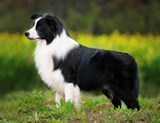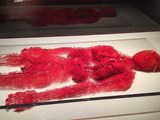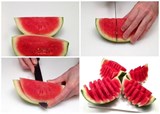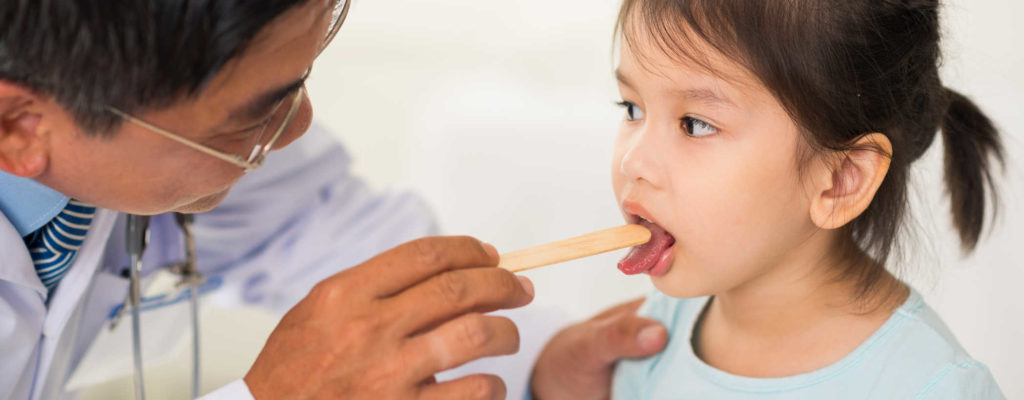Ways to determine an infants caloric needs
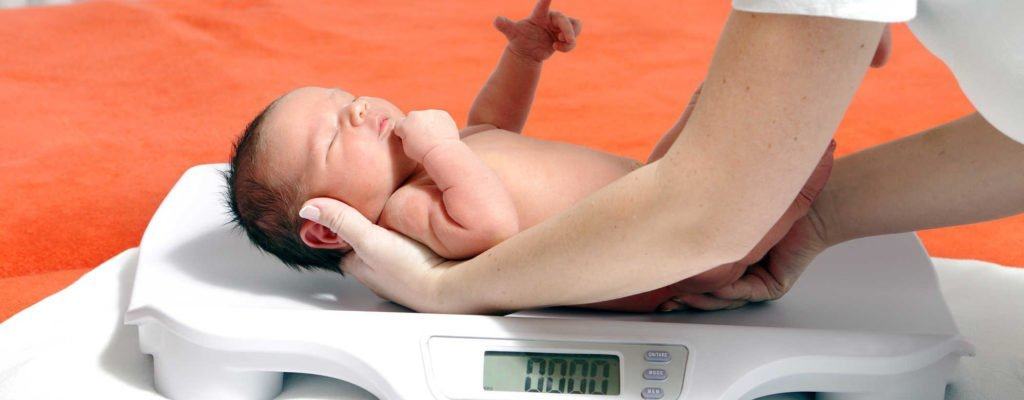
Learn how to determine your baby’s caloric needs, including the calories in breast milk and formula, to ensure your infant gets the right nutrition for healthy growth.
During the early months, you can change your baby's diaper as often as every hour. While this can be frustrating, frequent diaper changes (at least before or after each day feed and whenever your baby has a bowel movement) is the best way to avoid irritation and diaper rash in sensitive areas. a cold underneath.
If you use cloth diapers, it will be easier to tell when you need to, instead of being able to feel the moisture in the diaper layer. However, if you are using a disposable diaper, you will likely have to take a closer look (and sometimes hold your breath) to assess how wet the diaper is being worn. Because when absorbed, diapers tend to absorb water until they are fully saturated. You don't need to wake your baby to change diapers, and unless the diaper is very wet and uncomfortable or your baby has a bowel movement. Otherwise, you won't need to change diapers every time your baby feeds at night; Movement and light can make it difficult for your baby to return to sleep.
To ensure proper diaper change, follow these steps.
Before you start changing diapers, make sure everything you need is on hand, or on the diaper changing table. You will need all or some of the following:
Diaper clean.
Cotton and warm water for babies under a month (or babies with diapers) and a small towel or towel dry.
A new baby suit if a diaper has leaked, a clean diaper towel or waterproof pants if you are using a cloth diaper.
Ointment or cream, if necessary, to avoid diaper rash; Fragrances and chalks are not required. Be careful with diaper creams because if it gets stuck on disposable diapers, it can interfere with adhesion.
Wash and dry your hands before you start if possible. If not, you can use a disposable towel.
You can coo, make smiley faces, sing ... to distract your baby when changing diapers. You can also turn on the phone ringing on the diaper changing table, one or two stuffed toys in the baby's view, a music box, electronic toy, or any toy that keeps your baby excited long enough for you. diaper can be changed. Do not use items such as powder boxes or lotions, as older babies can grab them and put them in their mouths.
Spread a protective cloth diaper or a cloth. Wherever you perform diaper changes, be careful to always supervise your baby, without ever taking your eyes off. The belt should even be tied to the diaper changing table, so that the baby doesn't move out of your reach.
Take off the diaper, but it doesn't come off immediately. First consider the current diaper situation. If your baby has a bowel movement, use diapers to clean the stain, keep the diaper away from the penis if you're a boy. Now fold the baby diaper down with the clean side acting as a protective surface, and wipe the front thoroughly with warm water or diaper wiping, making sure it all gets into the fold; then lift both feet, clean buttocks, and slide the dirty diaper out and put in the new diaper before releasing baby's feet. Pat baby dry if you use water. Make sure your baby's buttocks are completely dry before wearing diapers or applying ointments or other creams to your baby.
If you are using cloth diapers, the diaper should be readily folded and ready to use. Excess fabric should be placed in the front for boys and in the back for girls. To avoid sticking to your baby when using diaper pins, keep your finger under the diaper layer as you insert it. Sticking pins to the bar while you are changing diapers will make them smoother when attached to the fabric. Once diaper pins are worn out, discard them. The diaper and protective pants should fit snugly to minimize leaks, but don't go too tight because they can irritate your baby's delicate skin. The streak will warn you that the diaper is too tight. If the base of the umbilical cord is still sticky, fold down the diaper to expose the area to air and keep the umbilical area dry.
Dispose of used diapers correctly. Fold a disposable diaper, close it, and put it in the trash. For reusable diapers, keep them in a covered diaper bucket until you wash them. If you are away from home, keep the diaper in a plastic bag and wait until you get home.
Change clothes or baby sheets if necessary.
Wash your hands with soap and water if possible, or otherwise clean them with a washcloth.
Depending on the baby and the type of diaper used, there may be different diaper changes. Always do it properly to prevent the risk of diaper rash in young children. Consult your doctor if you have any other questions.
Your body cares about:
The first year of a baby's life
Learn how to determine your baby’s caloric needs, including the calories in breast milk and formula, to ensure your infant gets the right nutrition for healthy growth.
Discover the top 5 smartest dog breeds in the world, including Border Collie, Poodle, German Shepherd, Golden Retriever, and Doberman Pinscher. Learn about their unique traits and why they are considered the most intelligent dogs.
Discover 7 nutritious and delicious ways to cook egg porridge for babies, including recipes with cheese, pumpkin, tomato, and more. Learn how to prepare baby-friendly egg porridge with our expert tips.
After a series of medical measures they obtained a complete human vascular system profile.
Watermelon is one of the fruits that many people love, not only cheap but also delicious, nutritious and refreshing in the summer. To get delicious watermelon pieces, show off your housewives, your artistic talents to cut beautiful pieces of watermelon.
aFamilyToday Health - The digestive system and body in each baby is different. Parents need to recognize notes to deal with when babies have a food allergy!
Babies need many factors for perfect development. aFamilyToday Health shares with parents things to keep in mind when babies are 8 weeks old so that parents can take care of their babies the best!
Babies need many factors for perfect development. aFamilyToday Health shares with parents things to keep in mind when babies are 18 weeks so that parents can take care of their babies the best!
Babies need many factors for perfect development. aFamilyToday Health shares with parents things to keep in mind when babies are 28 weeks old so that parents can take care of their babies the best!
Babies need many factors for perfect development. aFamilyToday Health shares with parents things to keep in mind when babies are 32 weeks old so that parents can take care of their babies the best!
